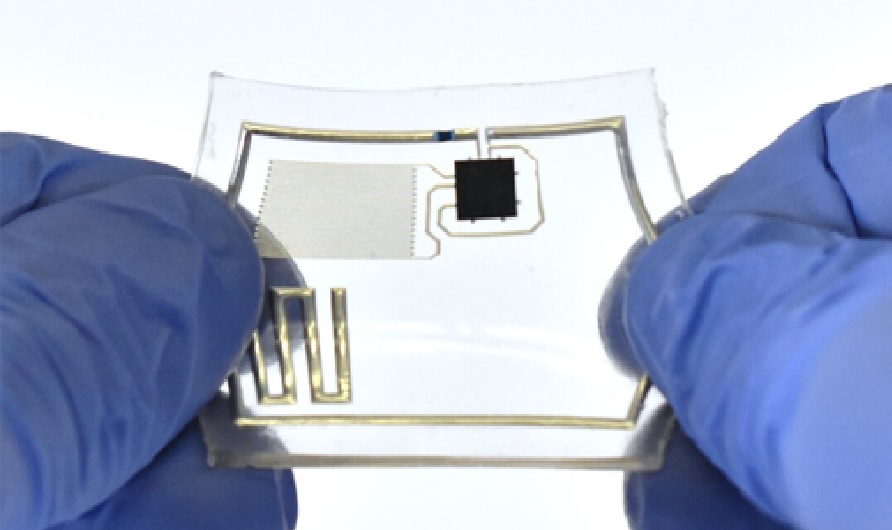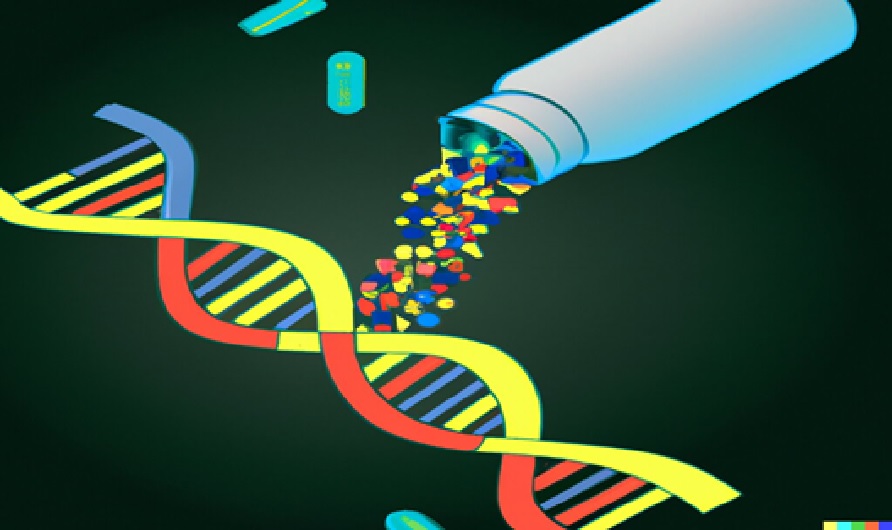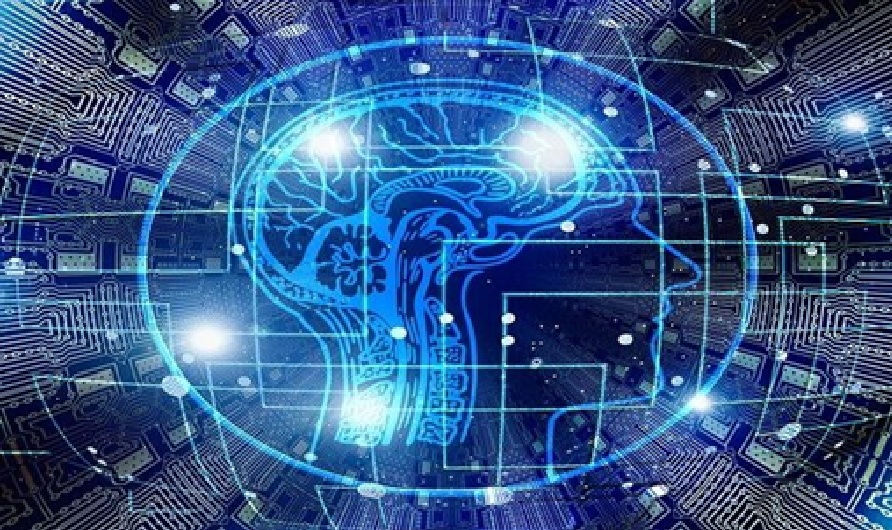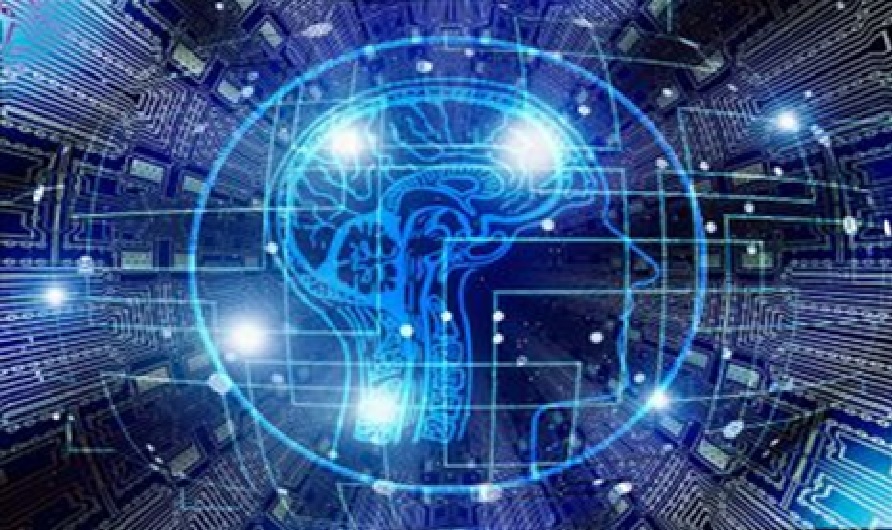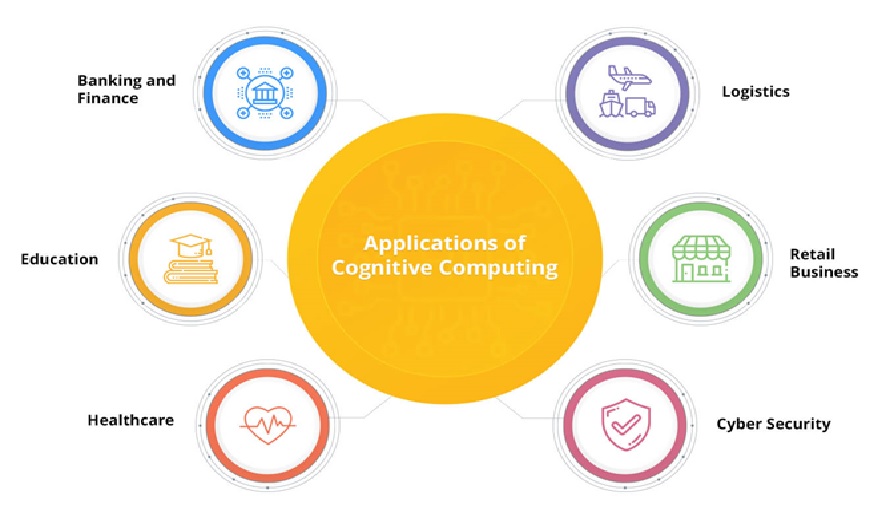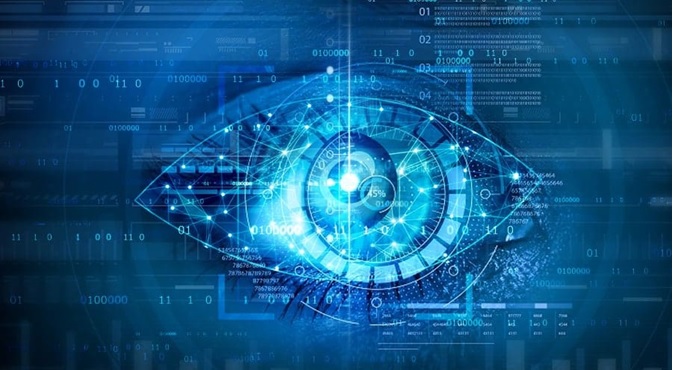Deep Learning
Deep learning is a subfield of machine learning and artificial intelligence that involves training neural networks with large amounts of data to perform complex tasks, such as image and speech recognition, natural language processing, and predictive analytics. Deep learning models are inspired by the structure and function of the human brain, with layers of interconnected nodes that process and learn from input data.
How Deep learning algorithm works
Deep Learning algorithms working depends upon Neural network just like the human brain computes information using millions of neurons.
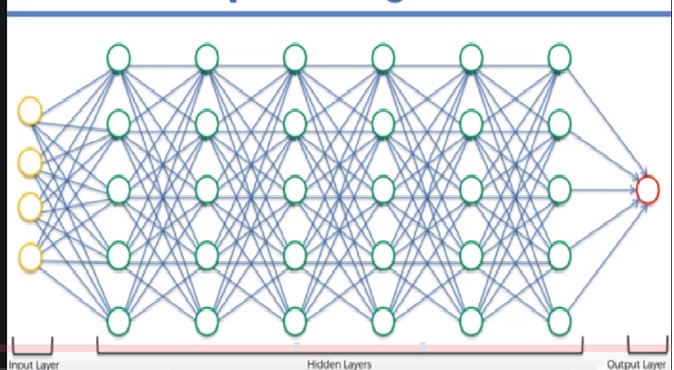
Figure 1. Neural Network
Figure 1 shows the neural network and the layers are listed blow,
Input layer – The input layer has input features a dataset that is known to us.
Hidden Layer – Hidden layer, just like we need to train the brain through hidden neurons.
Output layer – value that we want to classify
We get input feature from observation and put into a layer. That layer creates an output that becomes the input for the next layer which is known as the hidden layer. This happens until we get the final output.
We separate the network further and add a lot of hidden layers depends on the complexity of the problem and connect everything just like the human brain interconnect everything and that’s how input values are processed through all hidden layers and then we have output. That’s why this learning process is known as deep learning because so much computation goes on between input and output layers. [1]
Types of neural networks
Deep Learning models are able to automatically learn features from the data, which makes them well-suited for tasks such as image recognition, speech recognition, and natural language processing. The most widely used architectures in deep learning are feedforward neural networks, convolutional neural networks (CNNs), and recurrent neural networks (RNNs).
- Feedforward neural networks (FNNs) are the simplest type of ANN, with a linear flow of information through the network. FNNs have been widely used for tasks such as image classification, speech recognition, and natural language processing.
- Convolutional Neural Networks (CNNs) are specifically for image and video recognition tasks. CNNs are able to automatically learn features from the images, which makes them well-suited for tasks such as image classification, object detection, and image segmentation.
- Recurrent Neural Networks (RNNs) are a type of neural network that is able to process sequential data, such as time series and natural language. RNNs are able to maintain an internal state that captures information about the previous inputs, which makes them well-suited for tasks such as speech recognition, natural language processing, and language translation. [2]
Examples of Deep Learning at Work
Deep learning applications are used in industries from automated driving to medical devices.
- Automated Driving: Deep learning is used to identify objects from satellites that locate areas of interest, and identify safe or unsafe zones for troops.
- Medical Research: Cancer researchers are using deep learning to automatically detect cancer cells. Teams at UCLA built an advanced microscope that yields a high-dimensional data set used to train a deep learning application to accurately identify cancer cells.
- Industrial Automation: Deep learning is helping to improve worker safety around heavy machinery by automatically detecting when people or objects are within an unsafe distance of machines.
- Electronics: Deep learning is being used in automated hearing and speech translation. For example, home assistance devices that respond to your voice and know your preferences are powered by deep learning applications. [3]
Deep learning has revolutionized many fields, from computer vision and natural language processing to autonomous vehicles and robotics. Its ability to learn from large amounts of data has enabled breakthroughs in areas such as medical imaging, drug discovery, and personalized medicine. With the continued development of new techniques and technologies, we can expect to see deep learning play an increasingly important role in shaping the future of artificial intelligence.
References:
- https://www.analyticsvidhya.com/blog/2021/05/introduction-to-supervised-deep-learning-algorithms/
- https://www.geeksforgeeks.org/introduction-deep-learning/
- https://www.mathworks.com/discovery/deep-learning.html
Cite this article:
Hana M (2023), Deep Learning, AnaTechMaz, pp.193



